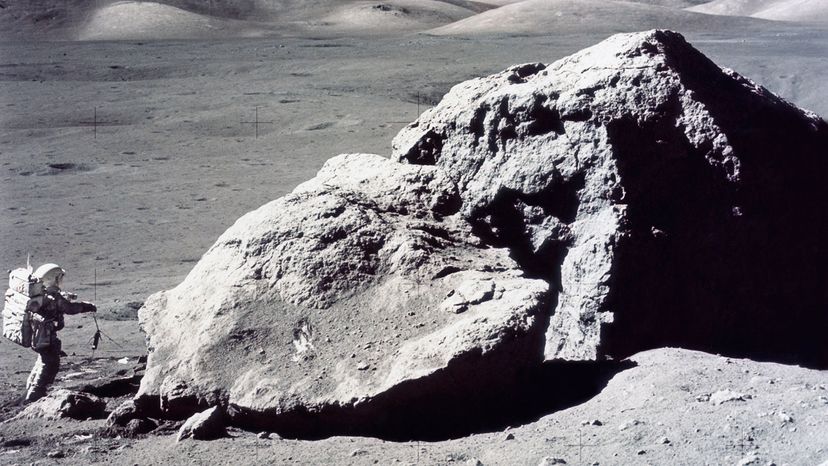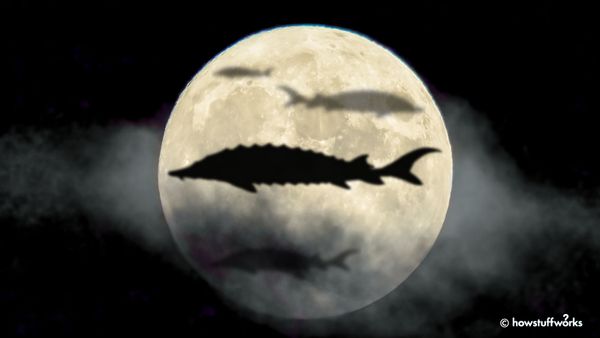
Boldly glowing in the night sky, the moon has long been an object of fascination. It's not just a pretty face in our solar system; it's a natural satellite that affects the tides, animal sleep cycles (including humans!) and hormones.
But how long does it take to get to the moon? Humans have long been inspired to look up and reach beyond the atmosphere of our own planet — that's part of why President John F. Kennedy set his sights on NASA's mission objective to travel to the moon in the 1960s — so it's only natural to wonder how long the journey takes.
Advertisement
So far, American astronauts have made nine journeys to the moon — six of which landed on the lunar surface. NASA, other governments, and other private companies are now planning crewed missions back to the moon, which will give us even more data about how long it takes to make the trip.


